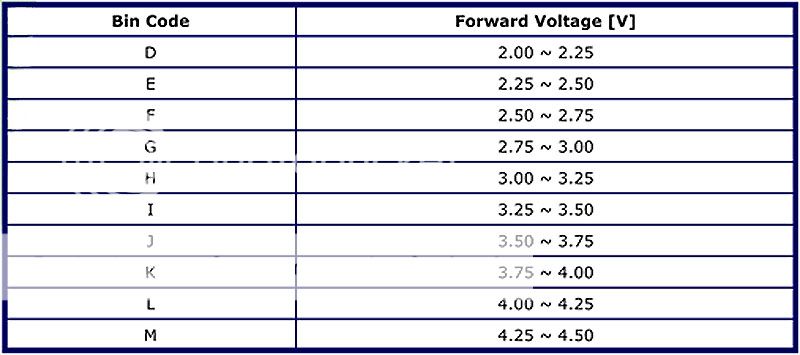Hi all, new to all this but dead keen to have a go. Been reading heaps here, but still a bit confused, so I'm hoping I can get some specific answers to questions.
I have a 4 D maglite which I never liked much, but now I thought I would dig it out again and do a P7 mod. I've got a couple of questions, and I was wondering if I should put them all into one post which I keep alive until it is done with photos, or if I keep one post per question?
Anyway, the first is, what's the deal with drivers?
- It seems to me that they are for converting the voltage from what you supply to what you need, and evening out the supply on the way.
- It seems that the voltage supplied should be a little more than what you need, because the drivers reduce, not increase voltage?
- The driver you choose has a lot to do with the battery configuration you choose, because different drivers need different input voltage.
- Would it be too much to ask someone to post a list of drivers which will run a SSC P7 at 900 lm and what are the advantages of each (or tell me how to tell one that will do the job from the specs)
Thanks a lot, really looking forward to this, hope someone can straighten me out!
I have a 4 D maglite which I never liked much, but now I thought I would dig it out again and do a P7 mod. I've got a couple of questions, and I was wondering if I should put them all into one post which I keep alive until it is done with photos, or if I keep one post per question?
Anyway, the first is, what's the deal with drivers?
- It seems to me that they are for converting the voltage from what you supply to what you need, and evening out the supply on the way.
- It seems that the voltage supplied should be a little more than what you need, because the drivers reduce, not increase voltage?
- The driver you choose has a lot to do with the battery configuration you choose, because different drivers need different input voltage.
- Would it be too much to ask someone to post a list of drivers which will run a SSC P7 at 900 lm and what are the advantages of each (or tell me how to tell one that will do the job from the specs)
Thanks a lot, really looking forward to this, hope someone can straighten me out!





